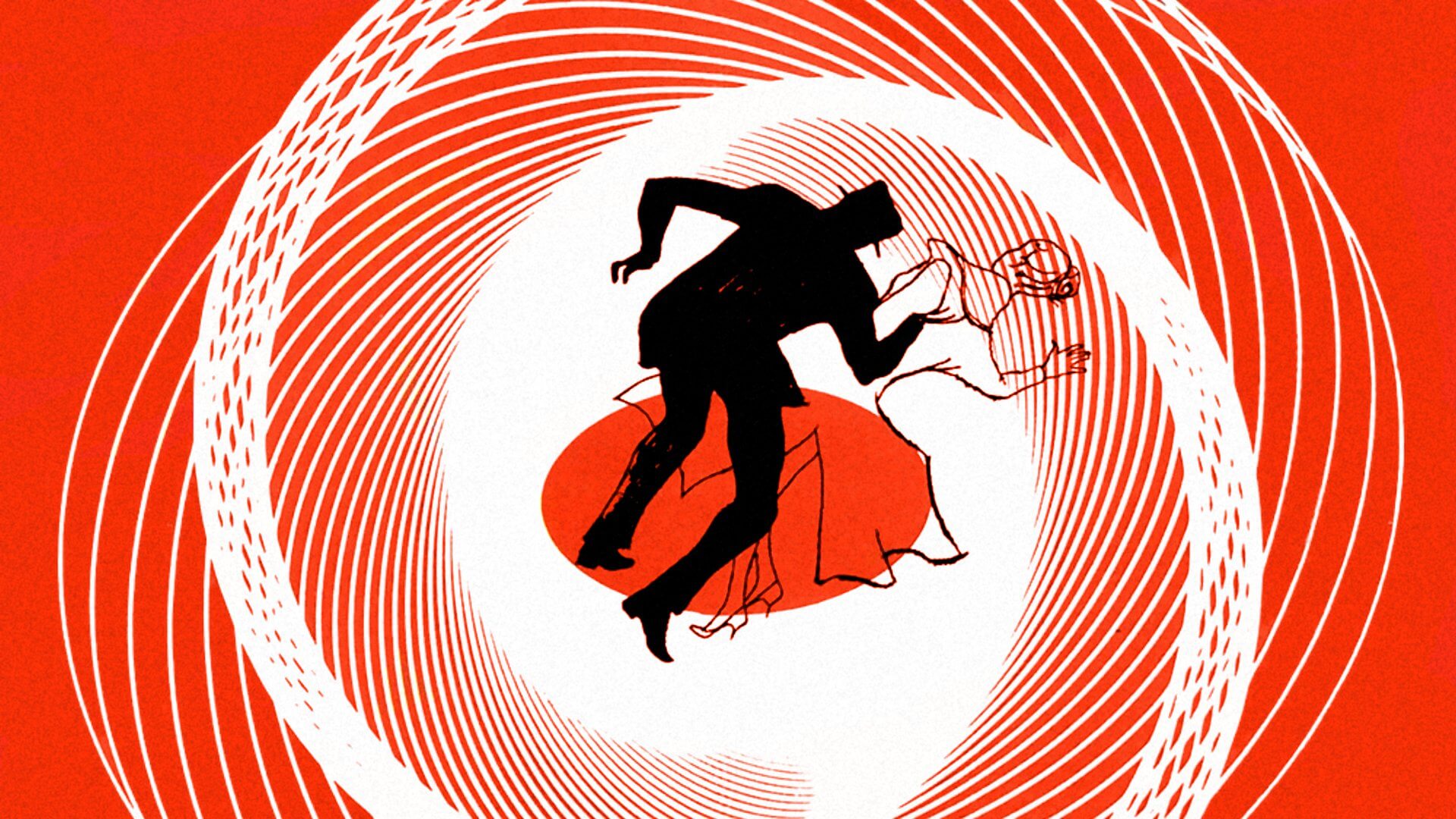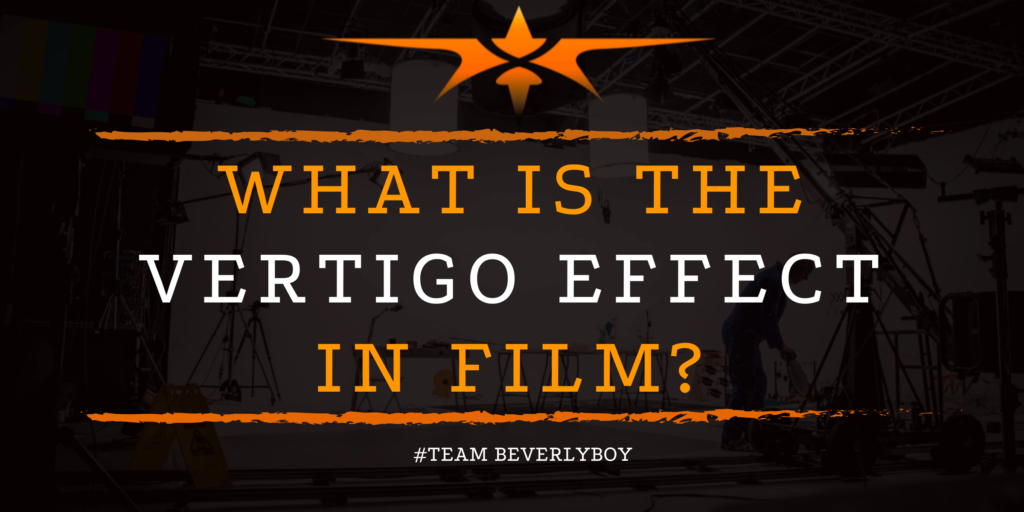What is the Vertigo Effect in Film?
If you’ve ever had vertigo before, such as is often caused by inner ear infections, you know the sort of out of body kind of feeling that comes from it. It’s like you’re there, but you’re really not. As if you’re watching something occur, from outside of your body. This unnatural effect that we feel is very similar to the effects that are felt by viewers when certain camera movements and actions on set are used to produce the vertigo effect, but what is the vertigo effect in film, anyway?

The Vertigo Effect Explained
The vertigo effect in film is actually one of the most famous visual effects that is created in the world of cinema and it dates back to the days of Alfred Hitchcock’s movie, Vertigo. What is the vertigo effect? It’s actually an effect that is more widely known as the Dolly Zoom.
The Dolly Zoom, or the Vertigo Effect, is produced by using a zoom lens to adjust the angle of the view while the camera is moved closer or further from the subject to create an appearance that undermines normal visual perception.
Essentially, in creating the vertigo effect, the foreground stays in the same position while the elements of the background will appear to squeeze or stretch based on the direction of the movement.
When you ask, “What is the Vertigo Effect?” It’s important to understand that the two components of the camera, the zoom lens and the movement, are regulated in such a way that the subject will remain the same size in the frame despite the effect that is taking place.
A dolly track is usually used to keep the movement steady along with the zoom.
When Did the Vertigo Effect Debut?
The Vertigo Effect made its debut in Alfred Hitchcock’s movie, Vertigo. Prior to this time equipment wasn’t advanced enough to provide for a steady zoom as is required for this effect to be produced.
Thus, cameraman Irmin Roberts is the original creator of the Vertigo Effect which was produced in the film Vertigo in an attempt to convey the deeply irrational feelings and effects of acrophobia or an extreme fear or heights.
Essentially, the Vertigo Effect causes the audience to sense that the subject’s mind is giving into irrational thoughts as a result of his or her fear.
At this time, expressing mental experience in this magnitude was incredibly uncommon so this level of connection became incredibly recognized in the film world.
Instances of the Vertigo Effect Used in Film
When you ask, “What is the vertigo effect in film?” You’re probably also wondering, when has this effect been used. There are several famous instances of the vertigo effect being used over the years.
Steven Spielberg used the vertigo effect in Jaws to show Martin Brody’s reaction after he initially sees the shark that he’s hunting. The vertigo effect is also used in Goodfellas in the diner scene when Henry becomes paranoid and disoriented in the Diner.
These are just a few of the many ways that the vertigo effect in film has been used to show a dizziness and disconnect from reality.


